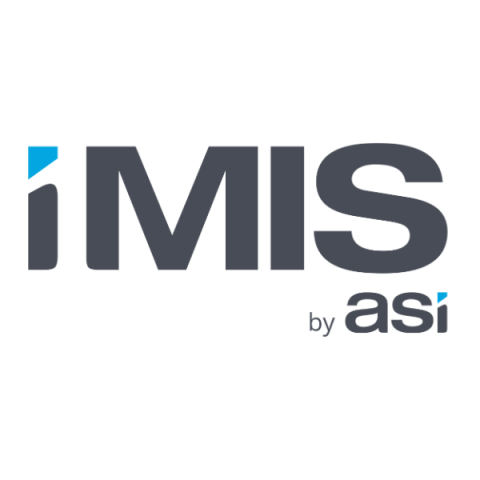iMIS Review
Our organization has used iMIS for over 22 years. We keep it up-to-date and have successfully used it to meet all of our business requirements (both simple and complex) over the years. We have a development team that consists of 3 BAs, 2 Developers, 2 QAs, 2 DBAs and a brilliant iMIS consultant (3 days per week). We have 45,000 members and 130 staff using iMIS.
We have a deployment environment and a carefully managed process to build, test and deploy code.
Over the years we have resorted to using SQL database triggers, functions, stored procedures and scheduled tasks to achieve our objectives.
We use three iMIS application servers segmented in different networks. One for our members, one for our staff, a second for staff who process credit cards (this helps us maintain our PCI compliance).
We have a high level of maturity when it comes to developing, testing and maintaining our iMIS solution.
In general we are quite happy with iMIS’s capabilities. We’re happy with ASI support.
The challenge is the version of iMIS we use (2017) is the last version ASI is making available on premises. While ASI says there is no end date for the support of iMIS 2017 (they will continue to provide updates for security flaws and bug fixes) there will be no new features offered.
ASI’s alternative is iMIS Cloud. This looks like an impressive and modern system, but as yet, we have no experience with it. We know we won’t have direct access to the SQL database in iMIS cloud (which makes perfect sense). This means the hundreds of SQL triggers, functions, stored procedures and views will now have will need to be re-written using REST APIs in order to work in iMIS cloud. I suspect we will lose some granular functionality and control as a result.
Another concern is our existing development process will have to be rethought in order to work in the Cloud environment. This isn’t specific to iMIS cloud, so that’s more our problem than anything else.
ASI is now ISO 27001 certified (as of June 2021) which is great news. The cloud service is new for them (2018 – I believe). It’s a very different mindset to run a SaaS service versus writing software that is then installed and maintained by the organizations who use it.
The question is can they transition from a software development company to a full-on SaaS cloud provider? It’s too soon to tell.

